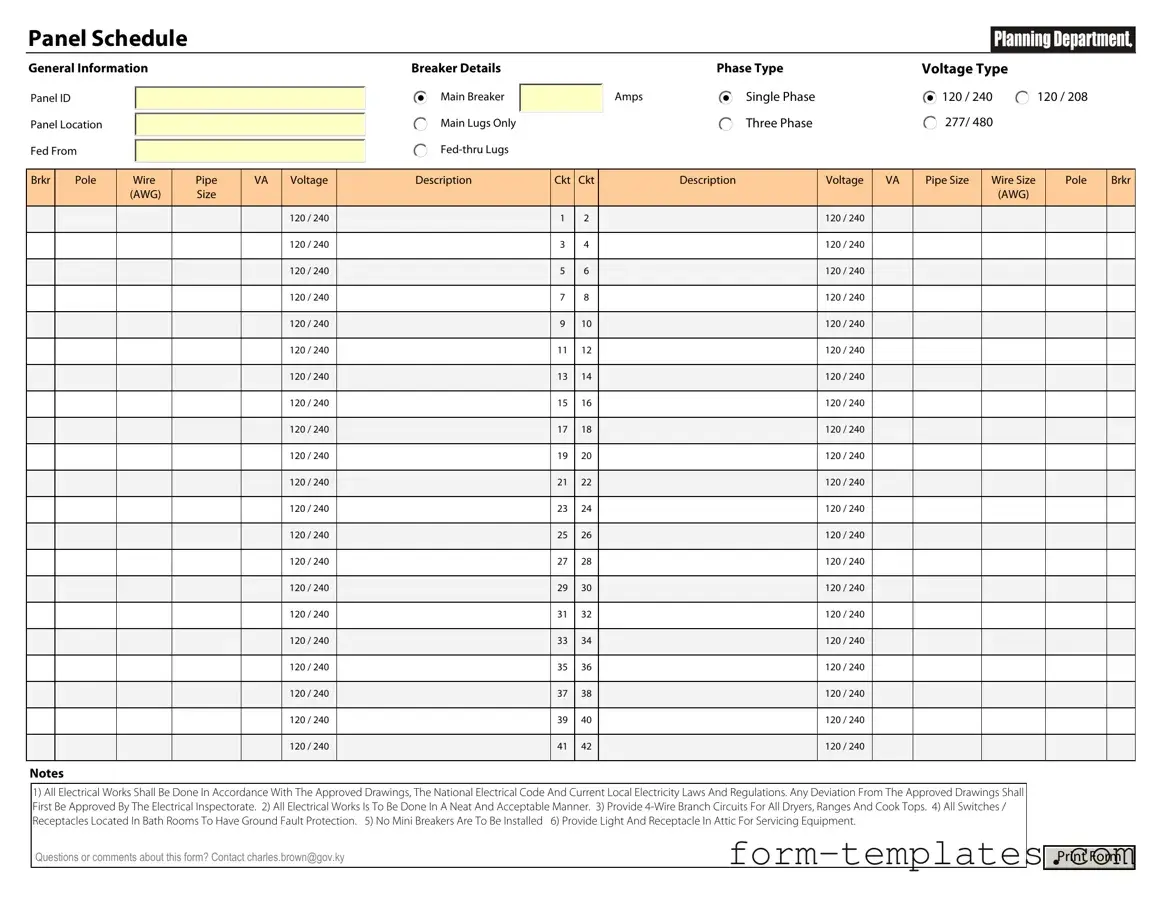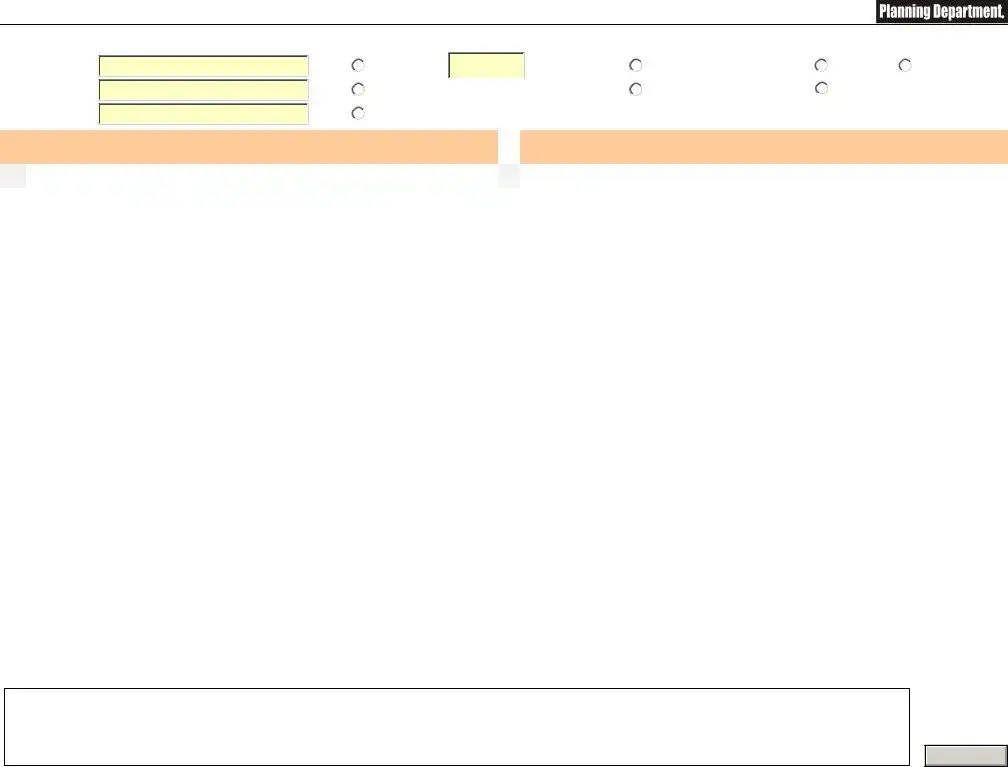What is an Electrical Panel Schedule?
An Electrical Panel Schedule is a detailed document that outlines the electrical distribution within a building. It lists all the circuits connected to the electrical panel, including their respective loads, breaker sizes, and the areas they serve. This schedule helps ensure proper load management and safety compliance.
Why is an Electrical Panel Schedule important?
This schedule is crucial for several reasons:
-
It aids in understanding the electrical system layout.
-
It helps in identifying potential overloads and ensuring safety.
-
It is essential for maintenance and troubleshooting.
-
It assists in compliance with local electrical codes.
Who needs an Electrical Panel Schedule?
Homeowners, electricians, and building inspectors all benefit from having an Electrical Panel Schedule. Homeowners can monitor their electrical usage, while electricians use it for installations and repairs. Inspectors rely on it to verify compliance with safety standards.
How do I create an Electrical Panel Schedule?
To create an Electrical Panel Schedule, follow these steps:
-
List all circuits connected to the panel.
-
Note the breaker size for each circuit.
-
Identify the load (in amps) for each circuit.
-
Specify the areas or devices served by each circuit.
-
Include any additional notes for clarity.
Your Electrical Panel Schedule should include:
-
Circuit number
-
Breaker size
-
Load in amps
-
Area or device served
-
Any special notes or instructions
How often should I update my Electrical Panel Schedule?
It is advisable to update your Electrical Panel Schedule whenever you make changes to your electrical system. This includes adding new circuits, upgrading breakers, or modifying loads. Regular reviews every few years are also beneficial to ensure accuracy.
Can I use a template for the Electrical Panel Schedule?
Yes, using a template can simplify the process. Many templates are available online, allowing you to fill in the necessary information. Ensure that any template you use meets local code requirements and includes all essential details.
What should I do if I notice discrepancies in my schedule?
If you find discrepancies in your Electrical Panel Schedule, it is important to investigate immediately. Check the circuit connections, breaker sizes, and loads. If needed, consult a licensed electrician to ensure safety and compliance with electrical codes.
Is there a cost associated with obtaining an Electrical Panel Schedule?
Creating an Electrical Panel Schedule can be done at no cost if you do it yourself. However, hiring a professional electrician may incur fees. The cost varies based on the complexity of your electrical system and the services provided.

